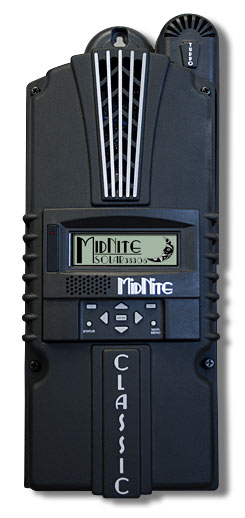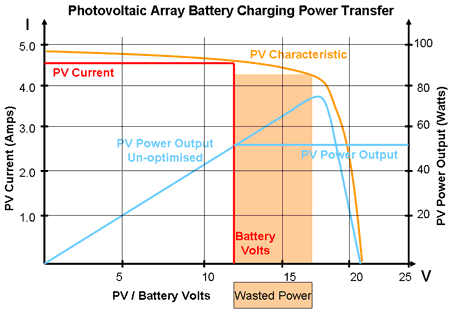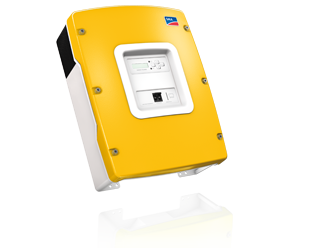
Midnite Classic MPPT controller for solar, wind and hydro
When people think of solar panels for the home, the first image that usually enters their minds is the panel that is attached to a roof. However, there is far more to a solar array than the collectors themselves. In fact, additional technologies are developed often to improve the efficiency of solar panels. Of these, a Maximum Power Point Tracking (MPPT) device can help maximize the efficiency of solar collection. Although you don't need the MPPT in order to utilize solar power on or off the grid, it can boost solar array efficiency by up to 30 percent, especially during cold weather, on cloudy days, when the sun is at a low angle and when a backup battery bank is low.
As a further advantage, MPPT devices allow for high voltage solar arrays—in fact, they perform better the higher the voltage is. Arrays of 300 to 600 volts DC are now common, and 1000 volts has been electrical code approved for the future. This improves efficiency and allows for thinner and far less expensive wire between the array and system control center, making longer distances more practical too.
Don't confuse the “tracker” part of the name with physical trackers that move the solar array to face the sun—with MPPT, the tracking is all electronic, and in fact the electronic version helps eliminate the need for physical trackers in many situations.
Off the grid and on-grid with battery backup, MPPT circuitry is contained within solar controllers. In direct grid-tie installations that have no battery backup, the inverter that sells power to and buys power form the grid performs the MPPT functions.

MPPT power curve
All MPPT devices analyze the MPP as an average across all of the panels connected to the system. If the panels are all identical and manufactured together, this can be an efficient method of balancing out power for optimum usage. However, even slight imperfections or perhaps slight shading of one panel will still cause the system to be less efficient than it could be. If one panel is experiencing a decrease in power for any reason, the MPPT averages the decrease across the board to compensate - which means the other panels are now seen as having less capacity as well.

Since manufacturing and development can differ between devices, the MPPTs may not be able to adjust for the inconsistency. This is especially true if you are setting up panels in a piecemeal configuration. Different brands and styles of panels will generate different amounts of power. Using the MPPT in-line of solar panels maximizes the efficiency of those panels for supplying power to the controller by analyzing and correcting for these inconsistencies. If a single panel is experiencing the same shading above, the in-line MPPT compensates to improve the maximum capability of the panel reducing the lost power. The resistance within the MPPT is decreased in order to allow more power through to the system in order to convince it that there is more power across the system than it may otherwise detect.
Statistical Data - Aside from optional meters that can inform you of how well the MPPT is performing, some will have Ethernet connections in order to allow you to pull detailed information from logs using your web-browser. Essentially, these act much like other networking devices by accepting IP addresses from the DHCP. Simply entering in the IP address of the MPPT into a browser such as Internet Explorer, Firefox, or Chrome, you can access all of the information pertinent to the MPPT device. Some are even able to send email and text messages to you in order to keep you apprised of the information. Constant monitoring of this device can help you determine if it needs replacement and how well it is functioning—and over time can also show you long-term problems that might be developing within your solar array.
Cost - Normally, MPPT devices don't cost much when compared to their counterparts for the entire solar array. Small MPPT units that can handle up to three kilowatts of power production range from only $300 to $600. In the long term, that money will be well worth the savings of power that is accompanied by the device, and the extra cost of thicker copper wire from a low voltage array.
One of the most beautiful aspects of generating solar power for the home is that you can start small and expand your system later in order to fully encompass your energy usage. You can still piecemeal solar arrays together as you can afford them, though a separate MPPT device will be needed if the solar modules in each array don't match. An MPPT device can also be installed at a later time in order to create greater efficiency if you don't have the money to put into one now.
